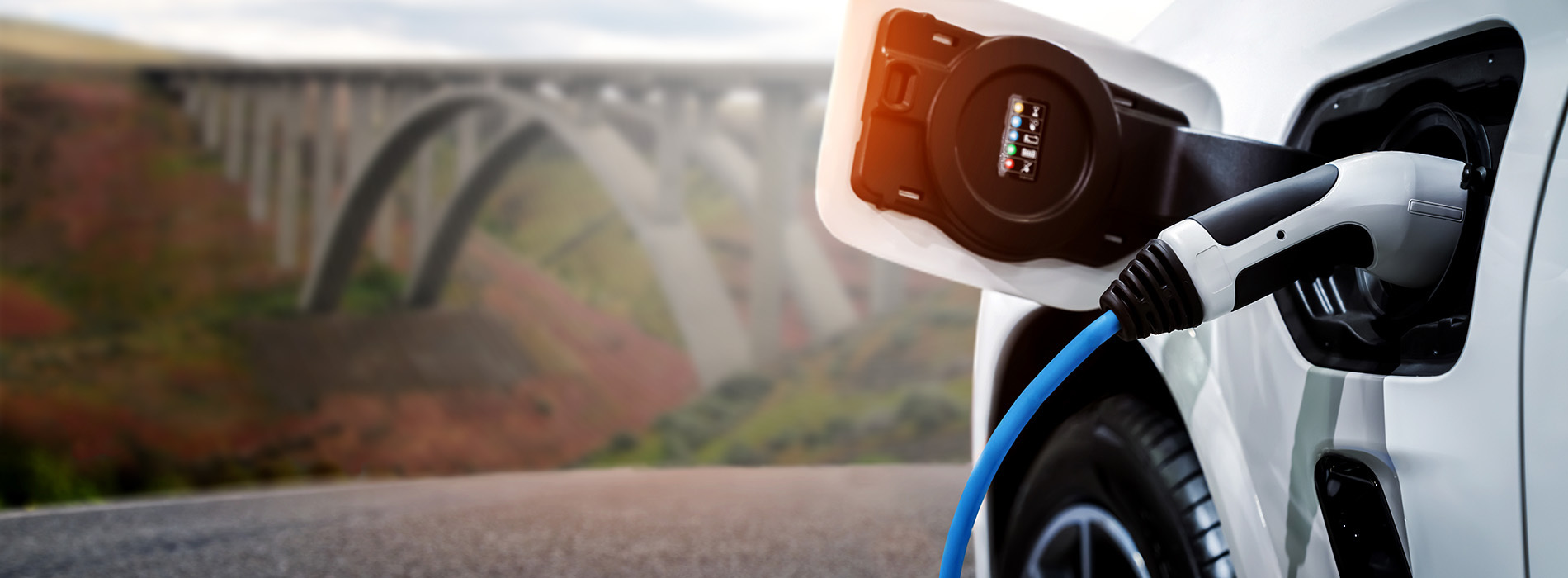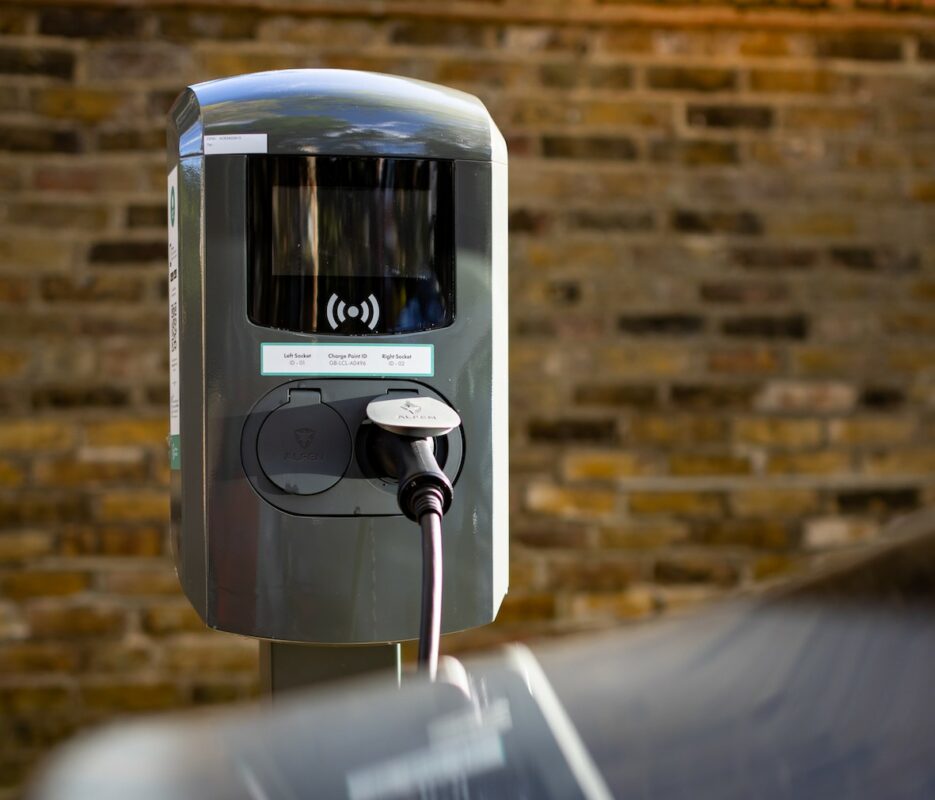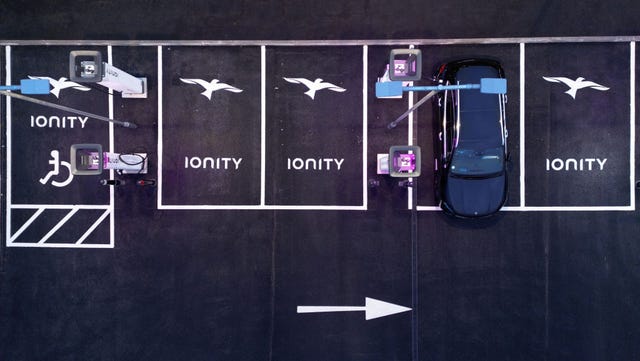What’s Driving the Growth of EV Infrastructure? Buy EV Charging news for Key Updates
What’s Driving the Growth of EV Infrastructure? Buy EV Charging news for Key Updates
Blog Article
Leading EV Charging News: Secret Updates on Framework and Innovation

Current Innovations in Fast-Charging Modern Technology

In addition, developments in battery modern technology, consisting of improved thermal administration systems and greater power density batteries, enhance fast-charging capacities. These developments alleviate the threat of battery degradation during fast charging, guaranteeing long life and efficiency for EV owners.
Furthermore, the combination of clever charging services is boosting customer experience, enabling real-time tracking and vibrant rates versions. EV Charging news. This flexibility allows chauffeurs to enhance billing costs and times based on grid need
As car manufacturers remain to purchase fast-charging networks, the cooperation in between industry stakeholders is essential. Partnerships between charging station suppliers and auto manufacturers are paving the way for comprehensive protection, eventually promoting a much more robust EV environment. These improvements are essential in sustaining the shift to lasting transport.
Government Efforts for Charging Growth
Government initiatives play a crucial role in the expansion of electric car (EV) charging infrastructure, facilitating the transition to lasting transport. Numerous government and state programs are being applied to boost billing ease of access, decrease the financial concern on consumers, and promote the fostering of electrical cars.
Notably, the united state federal government has assigned significant funding through the Infrastructure Investment and Jobs Act, which allocates $7.5 billion for EV charging network development throughout the nation. This financing is focused on deploying hundreds of new charging terminals, particularly in underserved locations, consequently dealing with range anxiousness among possible EV purchasers.
Additionally, countless states are establishing regulations to improve the permitting procedure for billing terminal installations, which is critical for speeding up deployment. Rewards such as tax credit scores and rebates for both customers and businesses are likewise being presented to motivate the installation of charging infrastructure.
In addition, public-private partnerships are progressively becoming a focus, leveraging exclusive investment to match federal government funding. These initiatives highlight a joint method crucial for building a efficient and extensive EV billing network, inevitably contributing to a greener and more sustainable future.
Cutting-edge Battery Solutions Enhancing Performance
Revolutionizing the landscape of electric automobile (EV) modern technology, cutting-edge battery solutions are considerably improving performance and efficiency. Breakthroughs in battery chemistry, particularly with lithium-sulfur and solid-state batteries, are leading to enhanced energy density, which enables for longer varieties and faster billing times. These brand-new battery kinds have the prospective to outmatch typical lithium-ion batteries by providing higher capabilities while decreasing weight, consequently enhancing general automobile effectiveness.
Additionally, advancements in battery administration systems (BMS) are enhancing energy usage and extending battery life-span. Smart formulas keep an eye on battery health and wellness and performance, allowing real-time adjustments to charging and releasing procedures. This not only enhances the efficiency of the battery yet additionally makes sure a much more lasting and trusted power source for EVs.
Furthermore, the integration of reusing innovations is dealing with the ecological influence of battery production and disposal. Innovations in second-life applications for EV batteries pop over to these guys are promoting their use in energy storage space systems, contributing to a round economic climate.
As these ingenious battery remedies remain to develop, they assure to change the EV market, making electric automobiles much more accessible and enticing to a wider audience while sustaining international sustainability goals.

Collaboration Between Automakers and Charging Networks
Acknowledging the important demand for a durable billing facilities, car manufacturers are significantly collaborating with charging network companies to improve the EV possession experience (EV Charging news). These collaborations aim to produce a seamless charging ecosystem that profits customers and supports the change to electrical cars
Major automotive brand names are signing up with pressures with well established charging networks to expand their billing terminal protection, making sure motorists have access to reliable and hassle-free charging options. Collaborations with networks like ChargePoint and Electrify America allow car manufacturers More about the author to incorporate charging options directly right into their cars' navigating systems, assisting users to the local stations and giving real-time accessibility updates.
Furthermore, these partnerships frequently cause the advancement of fast-charging modern technologies that substantially reduce the moment needed to charge an EV. By merging resources and proficiency, car manufacturers and charging networks can innovate much faster, creating options that meet the growing need for electric wheelchair.
On top of that, joint description efforts might also bring about more standardized billing methods, which can minimize customer complication and promote wider EV fostering. Overall, these tactical partnerships are pivotal in building a effective and straightforward billing framework that meets the needs of a broadening electrical lorry market.
Challenges Facing EV Charging Facilities
As the electrical lorry market remains to grow, a number of difficulties are surfacing that prevent the development of an extensive charging facilities. One of the main challenges is the not enough variety of billing terminals, specifically in underserved and country city locations. This space produces array anxiousness amongst potential EV buyers, discouraging them from making the switch.
Furthermore, the lack of standardization accountable technology complicates the infrastructure landscape. Variations in plug kinds and billing rates can produce confusion for users and enhance operational intricacies for billing network drivers. Moreover, the combination of charging stations right into existing electric grids positions considerable challenges. Lots of regions face ability restrictions, needing substantial financial investments in grid upgrades to fit enhanced demand.
Another pushing problem is the high cost connected with the setup and maintenance of billing stations, which can be an obstacle for both public entities and private organizations. Regulative difficulties and zoning limitations can postpone the implementation of charging framework, hindering progress in increasing vital solutions. Resolving these challenges will certainly be important for fostering a robust EV ecosystem that sustains the change to sustainable transport.
Final Thought
To conclude, the recurring advancements in EV charging modern technology, supported by considerable government efforts and ingenious battery remedies, are essential for the growth and performance of electric automobile framework. Partnerships in between car manufacturers and charging suppliers better improve station protection, attending to the growing demand for available charging options. Despite challenges that linger within the EV billing landscape, these growths indicate a positive trajectory in the direction of a more effective and lasting electrical car ecological community.
Developments in charging framework have actually led to the advancement of ultra-fast chargers qualified of supplying up to 350 kW of power, dramatically minimizing charging times. Variations in plug kinds and charging speeds can develop confusion for users and raise functional complexities for billing network operators.In conclusion, the recurring improvements in EV charging modern technology, sustained by significant federal government efforts and innovative battery remedies, are vital for the expansion and performance of electric vehicle framework. Collaborations in between automakers and billing suppliers even more boost station insurance coverage, attending to the expanding demand for obtainable charging alternatives. Despite obstacles that continue within the EV billing landscape, these developments indicate a positive trajectory in the direction of a more efficient and lasting electric automobile ecosystem.
Report this page